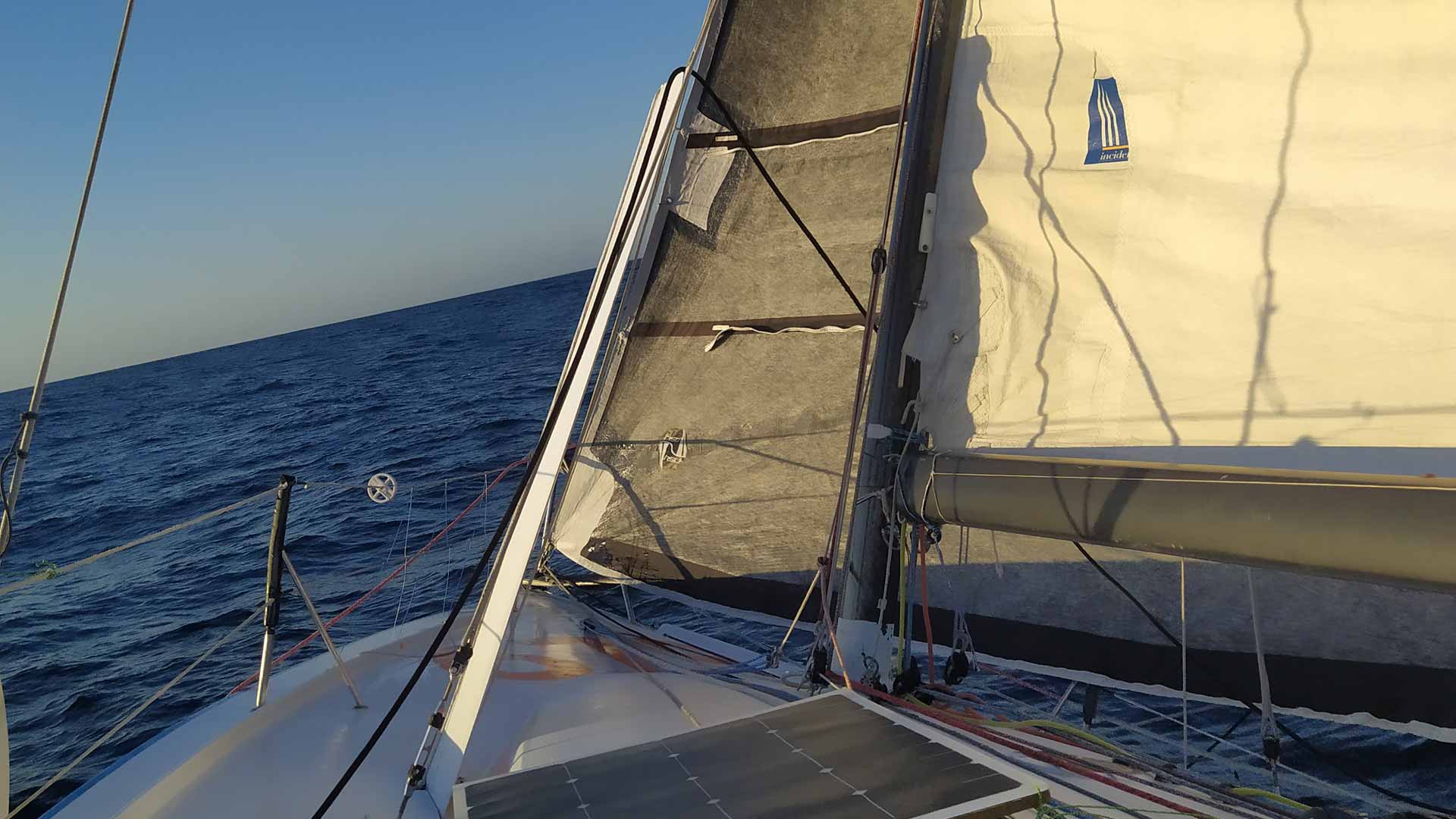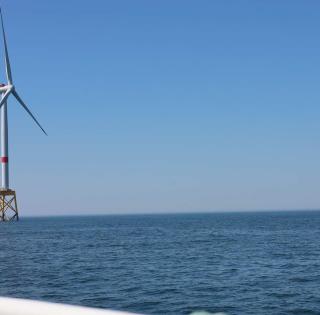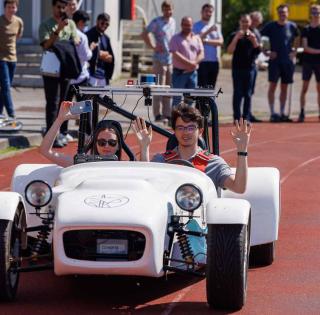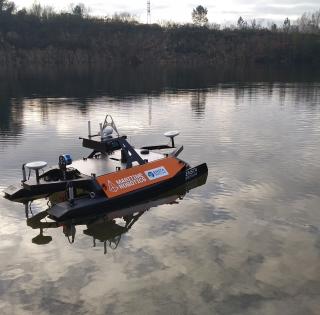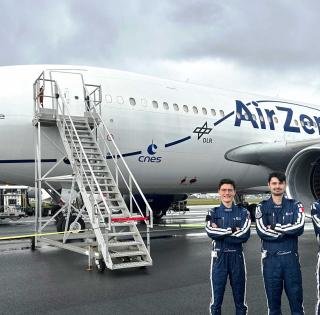
What did you do on graduating?
At the end of my naval architecture engineering course, I embarked on my end-of-study internship from March to September 2019 at the company Bénéteau. My duties led me to work with the naval architecture firm VPLP Design, which is particularly active in the offshore racing sector. The firm offered me a job and I joined their team in Paris. Then, after the first lockdown, I moved to the Nantes office (my home city) which was just opening.
What were your responsibilities?
I worked mainly on the subject of ship decarbonization, as both a naval architect and engineer. I worked on digital methods for modeling air flows on boats: a Class 40, cargo and ro-ro vessels, as well as cruising catamarans. I studied the design, stability calculations, naval hydrodynamics… the whole of the ship design loop in short. Then, at the end of 2022, I left of my own accord.
Why did you decide to leave the company?
During my end-of-study internship, my tutor had spoken to me at length about the Mini-Transat: a solo offshore sailing race that he had already done himself. I love sailing and his experience inspired me to give it a go too. I had seen that other ENSTA Bretagne graduates had succeeded, Kevin Bloc’h for example, and that gave me confidence.
In January 2023, I joined Bureau Veritas Solutions Marine & Offshore – a naval engineering consultancy firm. We carry out lots of calculations, CFD on applications for cargo vessels and sail-based freight transportation. We also work on decarbonization, but in terms of optimizing ship hulls and their superstructures to enhance aerodynamic flows.
Before joining the company, I told them about my plans. One of their employees had already been through this experience, so they weren’t put off. Quite the reverse, in fact, they understood that this could also be a way of creating healthy emulation in the team.
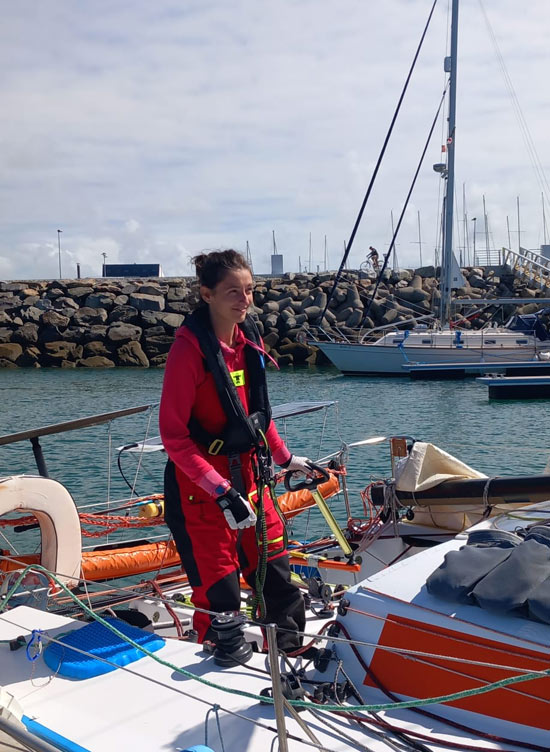
How is your Mini-Transat project going?
I’ve decided to give myself three years to accomplish the project so that I can work at the same time and raise the €80,000 budget I need. This also gives me enough time to complete the various qualifying stages: you have to cover 1500 miles during the in-race qualifiers and 1000 miles outside of the race (independently) before starting.
I bought my boat in September 2022 with the goal of beginning the race in September 2025. I have already done some qualifying races, as well as my out-of-race qualifying stage this year on my boat.
It’s a time-consuming project: I take leave to complete the races and every other weekend I go to a training center in La Turballe. On my spare weekends I work on my boat or go to regattas where they’re happening.
There’s so much to do and learn: not just about sailing (tactics, strategy, diet, sleep), but also about maintenance (lamination, repairs, upkeep), setting up an association, managing a budget, communications, keeping to a schedule and the deadlines for the races…
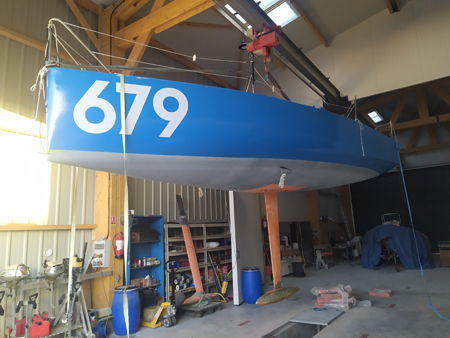
Has everything gone according to plan?
No, not really!
This year, while at a regatta, I collided with another boat. My boat was damaged. Luckily, my group of friends all rallied round to help me repair it.
And this summer, I had planned to complete my solo 1000-mile out-of-race qualifier. Unfortunately, I ended up having to shelter from a storm on the Irish coast – so I’ve got a bit of catching up to do.
Even if this is a solo race, you can’t do it all on your own: other skippers are helping me out, as are work colleagues, family and friends!
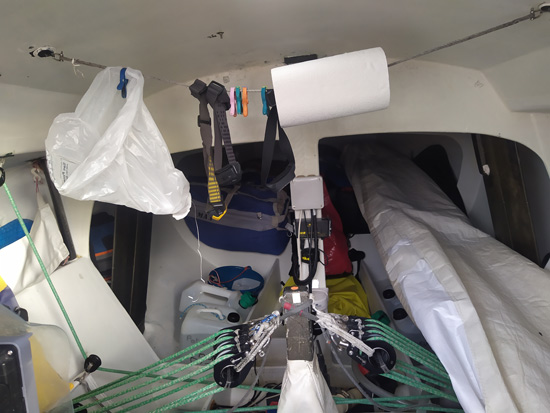
What are the next stages?
At the moment I’m continuing to train until December, then I’ll work over the winter on the boat – on all the electricity aspects in particular. I’m also continuing to look for sponsors. The qualification stages will resume next April.
Something else I want to do and which is really important to me is to use this experience to talk about women in the maritime sector. We make up a small minority – there’s not enough of us. So I want to tell women and girls that women can work in the sailing industry, that engineering studies is a great academic choice for girls, and that offshore racing is open to us too!
I was given the opportunity of joining an all-women J/80 crew (WLS Trophy). This reassured me that I had the requisite skills and encouraged me to take part in larger regattas, as well as to share this experience with other women who wanted to get into sailing but didn’t have the confidence. I’d like to promote these initiatives.
What are your plans after the race?
After the Mini-Transat, I’d like to share my experience of it with others, perhaps inspiring them in turn. Then, I don’t think I’m going to continue offshore racing, the pace is so intense, especially when you have to work too. That said, I’d like to get a sailboat to sail across the Atlantic or around the world as part of a crew: a more group-based project, to share in making new discoveries, with stopovers, in cruising mode!






